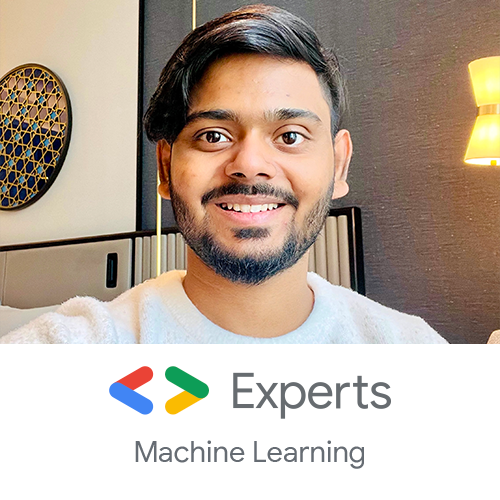Foundations of Text Embeddings, Vector Databases, and RAG
Feb 19, 2024
•4 minute read•1254 views
If you're working with natural language processing (NLP) or even interested in it, you must have heard of text embeddings, vector databases, and retrieval augmented generation (RAG) which forms a symbiotic relationship that offers a sophisticated solution to understanding, organizing, and creatively utilizing textual data. Let's explore how these concepts operate independently and then coalesce in RAG systems.
Text Embeddings: Numerical Representations of Language
Text embeddings provide a mechanism to translate words, sentences, or even entire documents from their linguistic form into numerical vectors. These vectors reside within a high-dimensional space where semantically similar words cluster together. Techniques like Word2Vec, GloVe, and more recent transformer-based embeddings (e.g., BERT) capture nuanced relationships between words, revealing contextual aspects like:
Synonyms: Words like "happy" and "joyful" would occupy nearby positions in the embedding space.
Antonyms: "Hot" and "cold" would lie in more distant regions.
Analogies: The vector representation of "woman" is likely to be close to the vector for "queen."
Topical Relationships: Vectors for scientific terms associated with biology may group together.
Example: Imagine each topic of conversation at a party as a cluster of people. If someone is talking about sports, their 'embedding' places them in the sports cluster of the party. Text embeddings work similarly, grouping related words together.
Vector Databases: Efficient Search and Similarity
Vector databases excel in the storage and retrieval of these numerical word representations. Unlike traditional databases, they are explicitly designed to index high-dimensional vectors. Key advantages include:
Semantic Search: Vector databases support similarity-based search. Instead of exact keyword matching, they return items closest in meaning to the query vector.
Scalability: Built with algorithms like approximate nearest neighbors (ANN), they handle massive collections of embeddings efficiently.
Speed: Optimized search structures within vector databases lead to remarkably fast retrieval times.
Example: Think of a bouncer with an excellent memory for faces and interests. If you want to find people talking about music, the bouncer immediately points you to that area because they "index" guest interests. Vector databases quickly connect your queries to relevant 'topics' or documents.
Retrieval Augmented Generation (RAG): The Power of Hybrid Intelligence
RAG systems ingeniously marry knowledge retrieval with text generation. Here's a breakdown of the typical workflow:
The Question: A user submits a query or generates a textual prompt.
Vector Lookup: RAG's retrieval component calculates the query's embedding and performs a similarity search within the vector database. The most relevant documents (or passages) are returned.
Contextual Understanding: The retrieved documents are not merely regurgitated but are fed into a generative language model. This model is finely tuned to process and understand the contextual information.
Creative Output: Guided by both the original query and the retrieved knowledge, the language model produces a more informed, factually grounded, and often creative response.
Example: You want to have interesting conversations at the party. Instead of wandering aimlessly, you approach a 'knowledge bouncer' with a question related to a topic you find interesting. This bouncer has access to a guest list with insights into everyone's background and interests.
Technical Benefits of RAG Systems
Factual Grounding: RAG models mitigate the 'hallucination' problem – a tendency in purely generative models to fabricate information. This grounding offers enhanced reliability.
Knowledge Base: RAG enables fine-grained control over the sources the model can access. For industry-specific applications, the vector database could house proprietary technical documents, product information, or customer data for more tailored responses.
Interpretability: By using a well-structured knowledge base, it's often possible to track the source of information in RAG's output, increasing a degree of explainability in the AI system.
Example: The 'knowledge bouncer' makes sure you get introduced to people relevant to your topic and prevents you from accidentally making faux pas by filling you in on their backgrounds. RAG helps generate responses that are both informative and avoid nonsensical statements.
Conclusion
Text embeddings provide a bridge from the symbolic world of language to the mathematical realm of vectors. Vector databases bring order and efficiency to the management of these representations. Retrieval augmented generation then leverages these foundations to build AI systems that are as knowledgeable as they are eloquent. Their synergy opens up countless possibilities in question answering, chatbots, content creation, and beyond.
